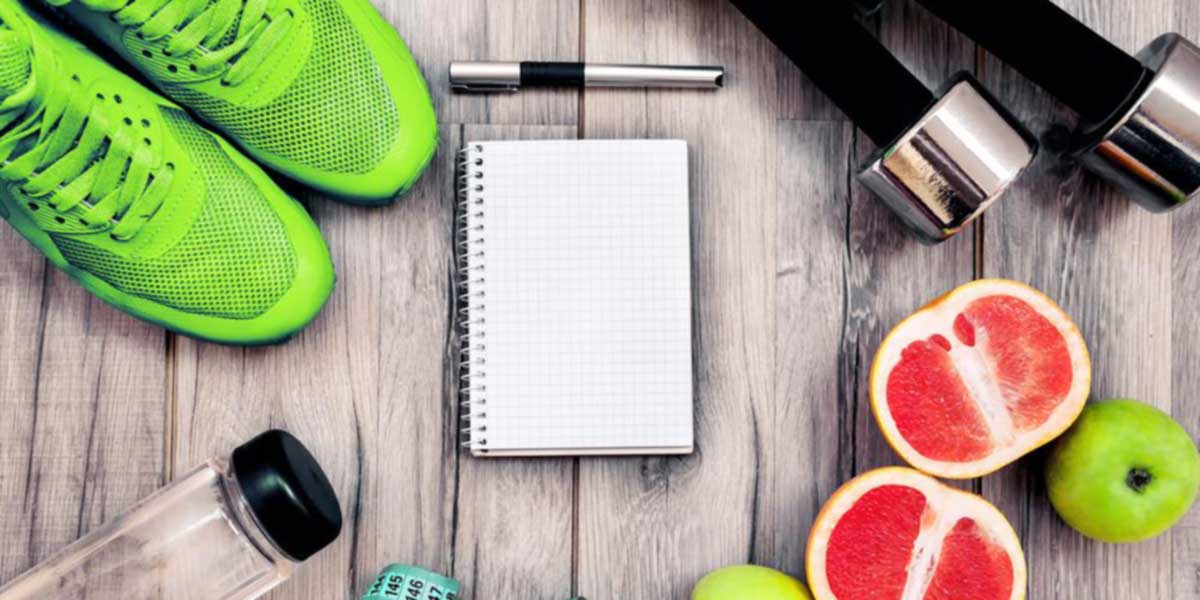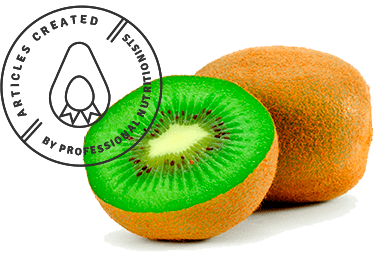The characteristics of a muscle-building sports diet

It's clear that to build muscle you must have a good exercise plan. Nevertheless, to achieve the desired results is also essential to eat the right foods. If you don't give the body the nutrients and energy it needs, how can it build muscle and perform properly? That's why we are discussing the characteristics of this diet.
People say that doing sport burns more calories and proteins. That may be true, but not to an extreme. The problem lies in eating too many calories and proteins, especially when the physical activity isn't intense enough to make this necessary, as it can have a negative impact on your health.
Specifically, when you eat more calories than you burn, the extra energy is converted into body fat. Also, eating a lot of protein, more than the body needs, whether through a high-protein diet and/or supplements, increases uric acid, urea and ammonia levels and can alter the metabolic functions of the liver, overload the kidneys and even decrease the calcium and phosphorus content in bones, making them more fragile. On the other hand, we must remember that supplements may not be necessary if you eat a healthy diet. So, always consult a dietitian/nutritionist or specialised doctor before taking high-protein or "high-nutrition" supplements in pill form or as energy drinks.
The characteristics of a proper sports diets are:
. Consume an extra 400 to 500kcal per day, although this may vary depending on the type of exercise. This will help build proteins and increase muscle mass.
. Make sure to get the calories you need in your diet from carbohydrates (minimum 55-60% of daily intake) and to a lesser extent healthy fats (which should make up 25-30% of total daily intake). These sources are important to make sure the body has the energy it needs and doesn't start burning proteins.
. Foods rich in carbohydrates include bread, pasta, rice, legumes, etc. and those that contain help the facts are oily fish, nuts (almonds, walnuts and hazelnuts), avocado and seeds. It isn't good to avoid fats completely because it makes it more difficult to absorb essential vitamins found in fat (vitamins A, D, E, K).
. Eat protein-rich foods like meat, fish, legumes, grains and nuts, as the need for proteins may increase slightly.
. To put the tips above into practice, follow these serving guidelines:
-4-6 servings of grains, rice, pasta, potatoes per day.
-5 servings a day of fruit and vegetables, for example 2 servings of vegetables (one for lunch and one for dinner) and 3 servings of fruit per day.
-2 to 4 servings a day of dairy products: milk, yoghurt, fresh cheese, etc.
-6 servings a day of olive oil.
-3-4 servings a week of fish, both white fish (hake, sole, cod, etc.) and oily fish (tuna, salmon, sardines etc.).
-3-4 servings a week of meat, preferably white meat (chicken, turkey, etc.). However, try to eat more fish than meat.
-3-4 servings a week of eggs.
-2-4 servings a week of legumes.
-2-7 servings a week of nuts.
-At least 1.5-2 litres of water per day.
-Foods high in magnesium and potassium to prevent muscle cramps: wheat bran, yoghurt, cheese, sesame seeds, almonds, bananas, green leafy vegetables (chard, spinach, Brussels sprouts), potatoes.
-Avoid alcohol and stimulating beverages (coffee, tea, cola).
To finish up, I want to stress the importance of being aware that these are general tips for sports nutrition and that each individual must adapt the eating habits to fit their lifestyle and exercise schedule. This is why it is important to see a dietitian/nutritionist.
See you next time!




